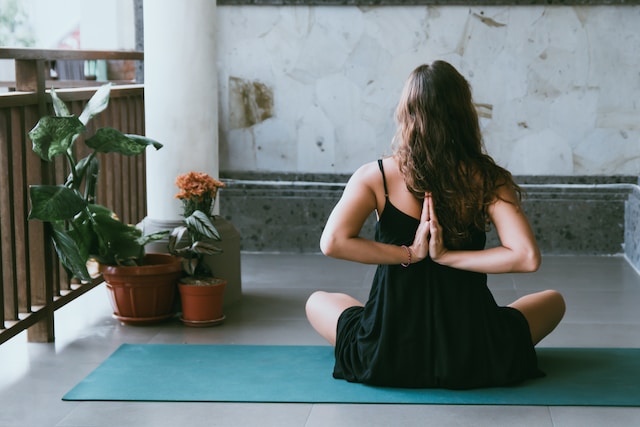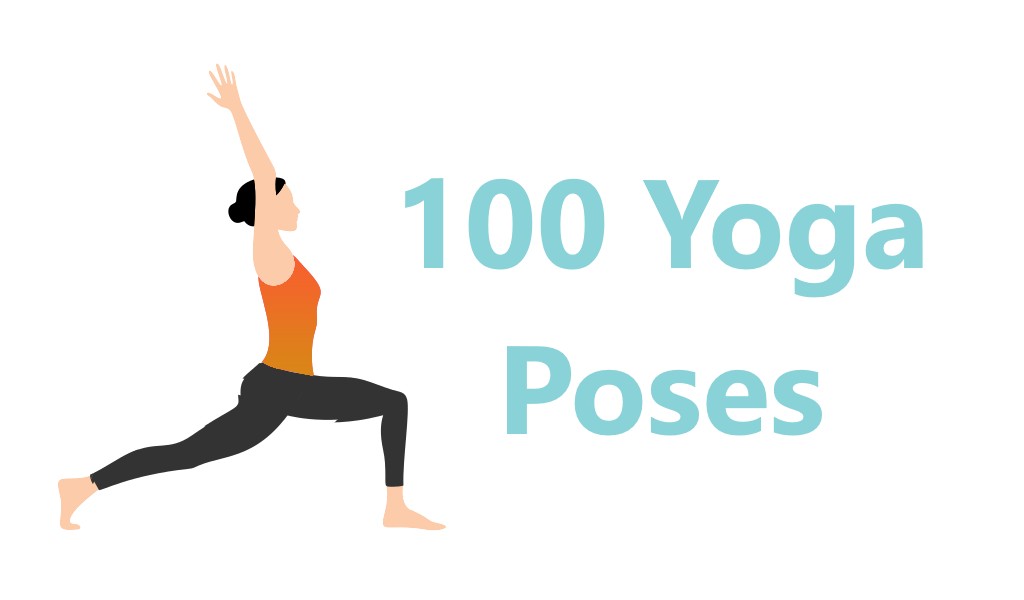Yoga has been around for thousands of years, but only recently has it become a mainstream part of Western health and wellness culture. While many people are drawn to yoga for its calming, meditative effects or as a way to unwind after a long day, the physical benefits are just as impressive. Whether you’re stepping onto the mat for the first time or you’ve been practicing for years, yoga has something to offer everyone.
In this article, we’ll explore five powerful health benefits of yoga beyond relaxation and stress relief. From improving flexibility to teaching better breathing techniques, each benefit contributes to a healthier, stronger, and more balanced body.
1. Improves Flexibility

Why Flexibility Matters
When your muscles and joints are tight, they can limit how you move. Over time, this restriction can lead to pain, poor posture, and even injury. Yoga encourages you to move in ways that gently lengthen and stretch your muscles. Postures like Downward Dog, Triangle Pose, and Forward Fold target major muscle groups that often hold tension, especially in the hips, hamstrings, shoulders, and spine.
With consistent practice, many people notice significant changes. What once felt tight and restricted begins to open up. Your body starts to feel looser and more agile, which can make everything—from walking to climbing stairs to sitting at your desk—feel better.
The Science of Stretching
Studies have shown that yoga can significantly improve flexibility over time. Even just 2–3 sessions a week can result in a better range of motion. Improved flexibility also helps relieve muscle soreness, enhances physical performance, and makes other exercises like strength training or cardio more effective and safe.
2. Builds Strength

Strength You Can Feel
When you’re holding a pose like Plank, Warrior II, or Chair Pose, your muscles are fully engaged. These positions require stamina and endurance. Over time, you’ll notice not just increased strength but improved stability and balance.
Unlike some forms of exercise that isolate certain muscles, yoga builds functional strength. That means you’re training muscles to work together, as they would in real-world movements like lifting, bending, or reaching. This kind of integrated strength helps prevent injuries and supports long-term joint health (more on that later).
A Full-Body Workout
Yoga engages muscle groups all over your body—from your legs and glutes to your core, shoulders, and arms. It particularly targets stabilizing muscles that are often overlooked in traditional workouts. Plus, many poses require you to activate your core, which builds strength in your abdominal muscles and lower back. The result is a balanced, lean form of muscle strength that complements other types of physical activity.
3. Increases Muscle Tone

What Is Muscle Tone, Really?
Muscle tone refers to the slight tension or firmness in a muscle, even when it’s at rest. Toned muscles help maintain good posture, stabilize your joints, and improve overall physical performance. You don’t need to lift heavy weights or spend hours at the gym to achieve tone—yoga can do it too.
How Yoga Tones the Body
Dynamic poses like Chaturanga (a low push-up) or balancing postures like Tree Pose and Half Moon require constant muscle engagement. This consistent, low-impact resistance training helps define and sculpt your muscles. Unlike workouts that build bulky muscle mass, yoga develops long, lean muscle fibers.
As you flow through different sequences, you’re also engaging your muscles eccentrically—meaning you’re lengthening them while they’re under tension. This is especially effective for improving tone and coordination.
And here’s the best part: yoga does all this while being gentle on your body. It’s an ideal way to stay toned without risking overtraining or high-impact injury.
4. Supports Joint Health

Gentle Movement, Big Impact
Unlike high-impact exercises that can strain or wear down joints over time, yoga movements are slow, deliberate, and controlled. This allows you to build strength around the joints without causing stress or damage.
Yoga also encourages synovial fluid circulation. This fluid acts like a lubricant for your joints, reducing friction and allowing for smoother, pain-free movement. When you move through poses, especially those that open and rotate joints (like in the hips or shoulders), you promote better joint health and mobility.
Yoga for Arthritis and Joint Conditions
Numerous studies have shown that yoga can be especially helpful for people with arthritis, joint stiffness, or chronic pain. It’s gentle enough to accommodate all fitness levels and can actually help alleviate inflammation and discomfort over time.
Poses like Bridge, Child’s Pose, and Cat-Cow are particularly helpful for maintaining spinal and joint health. Even just 10–15 minutes of daily movement can make a significant difference in how your joints feel and function.
5. Teaches Better Breathing

Why Breathing Matters
Breathing is something we do unconsciously every day, but how we breathe can dramatically affect our energy, stress levels, and even how our body functions. Shallow, chest-based breathing—often linked to stress and anxiety—limits oxygen intake and can contribute to fatigue and tension.
Yoga teaches you to breathe deeply, slowly, and mindfully, often through the nose. This activates the parasympathetic nervous system—the part of your body responsible for rest and digestion—helping to lower your heart rate, calm your mind, and reduce stress hormones like cortisol.
Breathing as a Tool
When you learn to control your breath, you gain a powerful tool for improving focus, sleep quality, and emotional regulation. Techniques like Ujjayi breath (victorious breath) or Box Breathing (inhaling, holding, exhaling, and holding for equal counts) are easy to learn and incredibly effective.
Breathing well also supports physical performance. When you coordinate your breath with movement, you create a more efficient, fluid motion. This connection between breath and body makes yoga feel so harmonious—and why many practitioners describe it as a “moving meditation.”
Why Yoga Is Worth It
Yoga is more than a workout—it’s a holistic practice that supports your body, mind, and spirit. From increased flexibility to better breathing, each benefit builds on the next, creating a healthier and more balanced you. You don’t have to twist yourself into a pretzel or be ultra-fit to start. The beauty of yoga is that it meets you exactly where you are.
Whether you want to gain strength, support your joints, or simply breathe better in your everyday life, yoga offers a pathway to better health—one pose, one breath, and one step at a time.
So roll out your mat, take a deep breath, and begin. Your body will thank you.











Leave a Reply